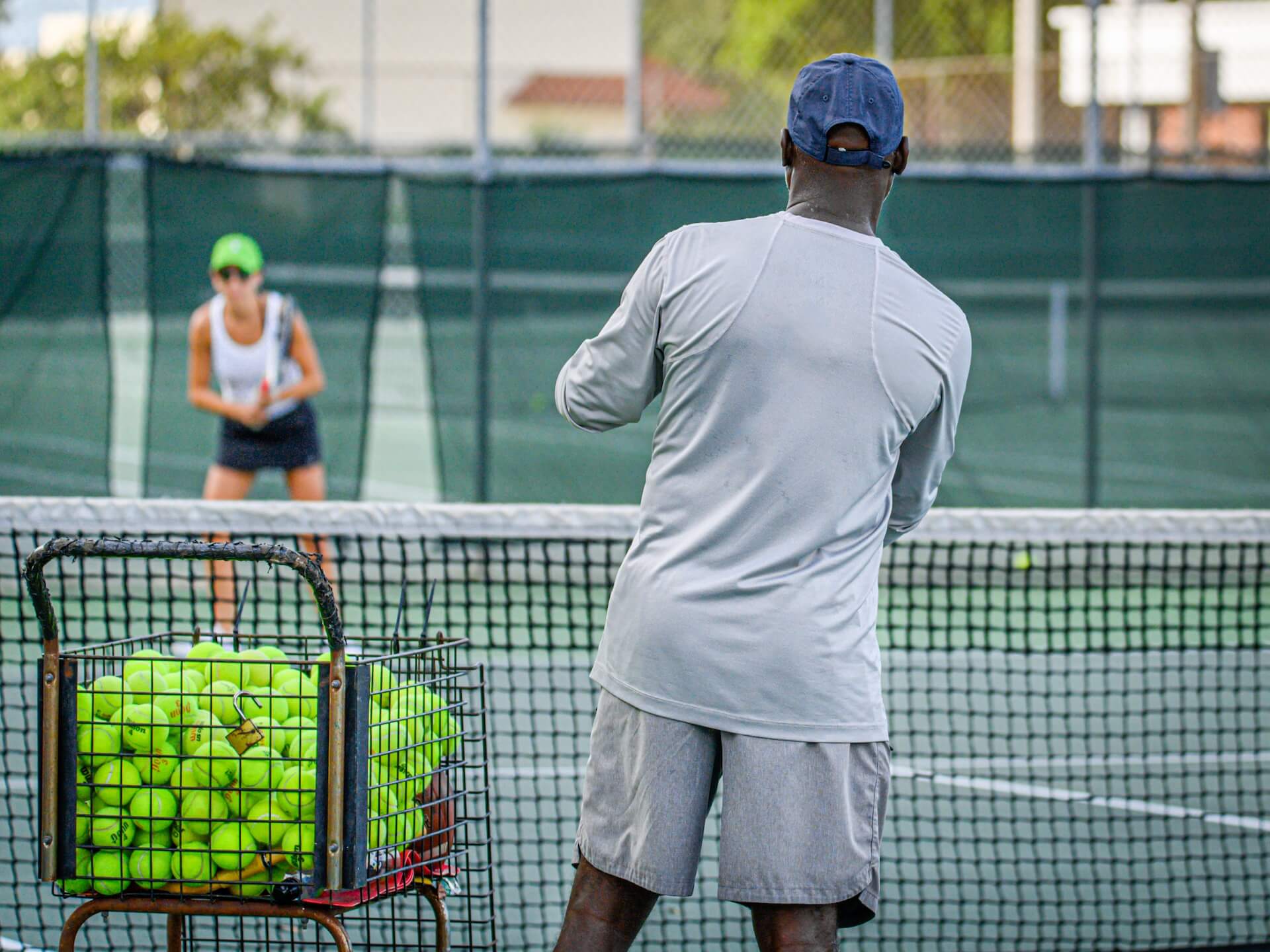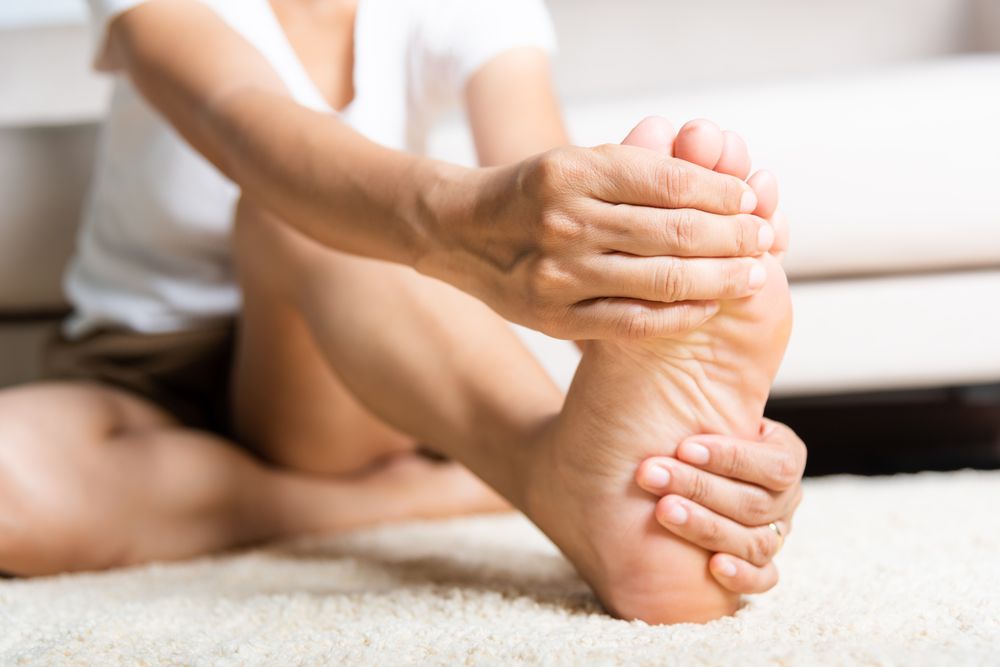Diagnosis and Treatment of Turf Toe in Wake County

What is Turf Toe?
If you have ever played a sport on artificial turf, you may be familiar with the term turf toe. Turf toe is a seemingly silly-sounding name for a serious injury that can impact many types of athletes, including football players, ballerinas, and soccer players. Turf toe is a sprain (overstretching of the ligaments) in the big toe joint. The prevalence of this injury rose with the increased use of artificial turf for athletes. Pushing off the relatively rigid turf to sprint can cause overstretching, which leads to painful sprains that are the hallmark of turf toe. Fortunately, most turf toe injuries will improve without the need for surgical intervention.

What Causes Turf Toe?
Turf toe occurs when the toe hyperextends beyond its natural range of motion. While running, it is natural for athletes to roll their weight forward onto the balls of their feet and push off with their toes. While pushing off, the big toe remains flat on the ground while the heel rises and your weight shifts forward. This puts your toe at a ninety-degree angle with the arch of your foot. Once you push off, your toe should lift off the ground, propelling you forward. If you are impeded from lifting your big toe upward mid-motion, as can happen during a tackle in football, or your toe stays flat on the ground and bends past the ninety-degree angle, you will hyperextend the big toe joint, resulting in the sprain we call turf toe.
This injury commonly occurs in sports in which athletes wear flexible shoes (like soccer cleats) and compete on artificial turf, which is more rigid than normal ground. The increased flexibility of footwear and the reduced give of the turf creates an environment that is conducive to this type of injury. Turf toe is also common among ballerinas who may perform repetitive movements that cause the injury over time.
Risk Factors for Turf Toe
Risk factors for turf toe include playing sports in which athletes are required to change direction and move quickly, increasing the likelihood of hyperextension of the big toe. Additional risk factors include playing on artificial surfaces such as astroturf or on a court and wearing shoes that allow you to flex your toe beyond ninety degrees. Athletes in the following sports commonly experience turf toe:
- Soccer
- Dance
- Field Hockey
- Lacrosse
- Basketball
- Football
Symptoms of Turf Toe
If you have suffered a turf toe injury, you may notice bruising, swelling, pain, pain to the touch, laxity in the joint, and a reduced ability to move the toe. Since turf toe is a sprain of the big toe, it can be graded like a sprain.
- Grade I (mild – only some fibers are torn) – you may not experience much swelling, the affected area will still feel stable, and your range of motion and strength are only slightly impacted.
- Grade 2 (moderate – a moderate amount of fibers are torn) – the swelling will be more visibly apparent; and strength, stability and range of motion of the toe will be noticeably impacted. You may find yourself limping.
- Grade 3 (severe – a complete rupture of the tendon or ligament) – swelling will be severe; most stability, range of motion, and strength may be nearly completely lost with an inability to put weight on the toe.
How is Turf Toe Diagnosed?
Your doctor will listen to your symptoms and ask you how the injury occurred, including whether it was sudden or gradual. They will then perform a physical examination, noting any swelling, bruising, tenderness, and reduced range of motion. They may order X-rays or an MRI to get a complete picture of your bones and soft tissue, which will help them reach the most accurate diagnosis.

Treatment Options for Turf Toe at Raleigh Orthopaedic
In most cases of turf toe, you will not need surgical intervention to heal. Resting, icing, and elevating the toe while also using NSAIDs to control pain and swelling are usually the first steps to recovery. After you have recovered sufficiently, your doctor may refer you to a physical therapist for a rehabilitation program to regain strength and range of motion in your big toe. During your return to sport, your doctor may encourage you to stabilize the toe by taping it to its neighbor as it heals. Your doctor may also recommend special shoe inserts that give your toe more support during the healing process.
If you have a grade 3 sprain of the toe, along with accompanying fractures or other damage, surgery may be required to help you heal. However, even grade 3 sprains are often treated nonsurgically. When you come to see us at Raleigh Orthopaedic, your orthopedic specialist will advise you on the best course of treatment for your specific injury.

Turf Toe Recovery Time
Recovery from turf toe depends on the grade of the sprain. A mild sprain might take just a few weeks to heal, whereas, with a severe sprain, you may take up to six months to properly recover. Your doctor and/or physical therapist will provide personalized insights into your recovery timeline, as well as answer any questions you may have about the process.
How Can I Prevent Turf Toe?
Prevention of turf toe is not always possible; however, wearing shoes with a more rigid sole during sports such as football and soccer may help you avoid this type of injury. In addition, warming up and stretching prior to sports and exercise will decrease your chances of suffering from turf toe.

Expert Orthopedic Foot Care at Raleigh Orthopaedic
For over 100 years, we have served patients in Wake County and provided the highest level of orthopedic care. Athletes facing both sudden orthopedic injuries and conditions caused by overuse can trust our providers with their care, with treatment plans personalized to each individual patient. To schedule an appointment at one of our clinic locations in Wake County, give us a call or book online today.




